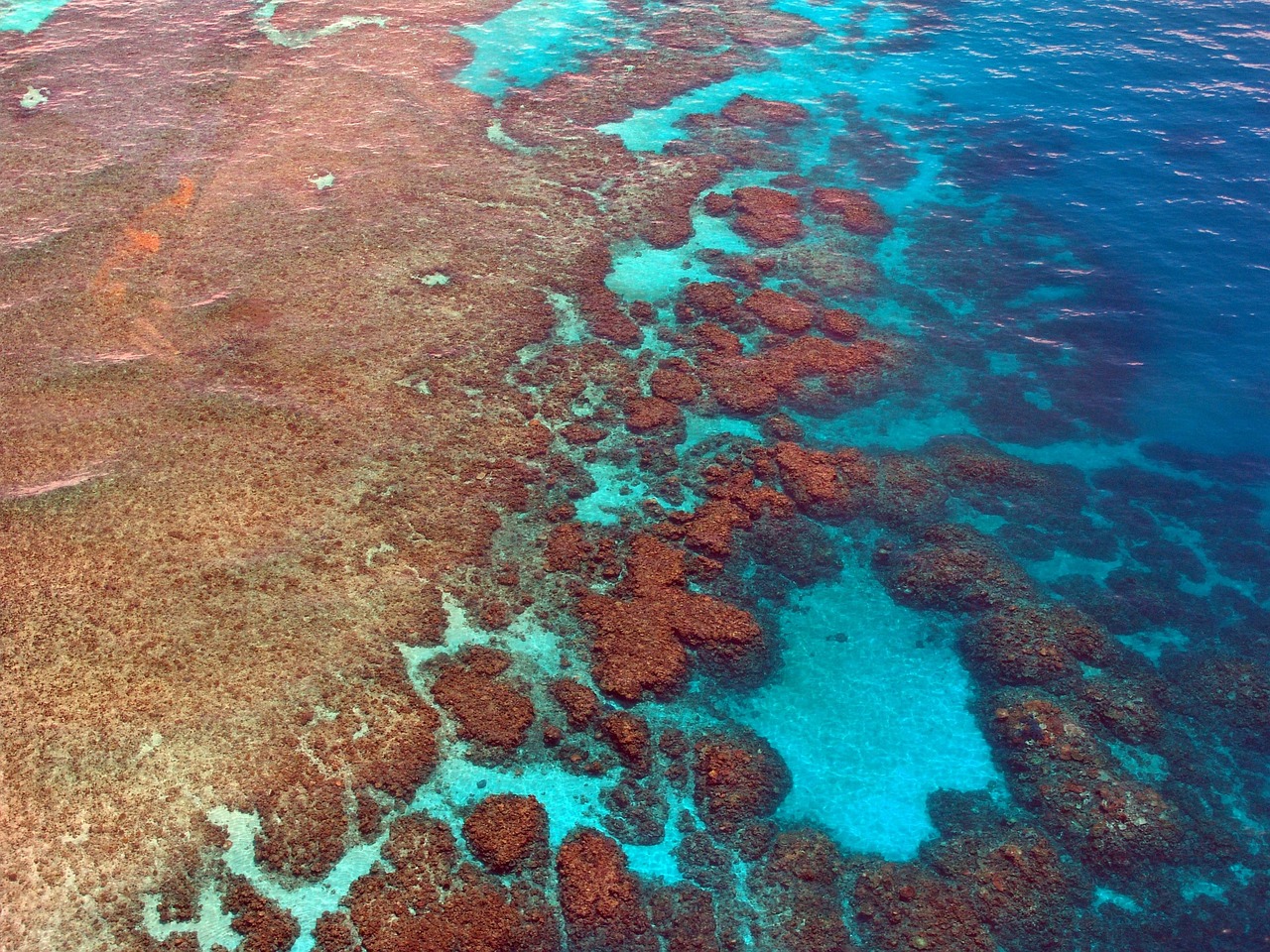
By Olivia Henry, the Australian Science Media Centre
Australia’s most protected and valuable marine habitats could lose their ability to withstand climate extremes by 2040, according to Aussie researchers who say their findings have significant implications for how we think about ocean conservation in Australia.
The team, led by PhD student at the University of the Sunshine Coast Alice Pidd, looked at marine protected areas, which are designed to reduce pressure from human activity such as mining, fishing, shipping and tourism, but were not designed with climate change in mind.
So they decided to take a fresh approach to the idea of marine protected areas and also think about climate refugia – areas where climate change is happening slowly, allowing marine life some time to adapt and giving them better odds at survival.
“They're obviously attractive targets for conservation, because if we can protect the areas where species have the best chance of riding out climate change, as well as from the added threats of human activities, we give biodiversity its best shot,” Ms Pidd told an AusSMC briefing.
The researchers used climate models to help project future climate conditions – tracking ocean metrics, sea surface temperatures, acidification, oxygen levels, and marine heat waves – looking for areas where these changes are happening slowly.
“You can think of [climate models] like virtual Earths that help us project future climate conditions,” Ms Pidd explained.
“They’re almost like the science version of a crystal ball.”
The crystal ball had some alarming predictions: regardless of how well and how soon we can reduce emissions, marine life will experience a new normal beyond what we’ve already experienced. These changes are due to happen in less than 15 years.
“The average year from 2040 onwards will be more extreme than the most extreme year that we’ve experienced up until 2015,” said co-author, UniSC’s Professor David Schoeman.
And our marine protected areas will not be protected from these changes.
“When we think about MPAs, we might imagine something like fences in the ocean that keep out all kinds of harm, but they're actually porous, ethereal boundaries, and these areas being protected doesn't mean that things just stop at the edges,” Ms Pidd said.
To tackle these issues, the team suggests adding a multi-prong approach to our existing marine protected areas: creating a system of climate refuges that will experience the least change so that we can retain biodiversity, while also protecting areas that are less resilient to climate change, since these areas need the most help.
Of course, the team also urge more aggressive action to reduce carbon emissions.
“We need our leaders to take climate change seriously, and leaders at every level, from local organisations through to our national governments,” Professor Schoeman said.
“We're in the situation we're in now because we haven't been taking climate change seriously. We like to talk about it. We don't like to do anything about it.”
He added that aside from voting, as individuals, there are many things we can do to contribute to a better future for the climate, such as buying less of what we don't need, electrifying our cars, and using public transport or other sustainable transport methods where we can.
“Not only do we suffer because of the emissions from internal combustion engines, but of course, the vast amounts of space that we give over to roads and parking lots and things like that," he said.
"Those are all heat sinks in urban areas, which essentially just make our lives worse."
"There are so many things we could do quite easily as ordinary, everyday Australians that would make a big difference,” he added.
Read more about the findings here.
This article originally appeared in Science Deadline, a weekly newsletter from the AusSMC. You are free to republish this story, in full, with appropriate credit.
Contact: Olivia Henry
Phone: +61 8 7120 8666
Email: info@smc.org.au